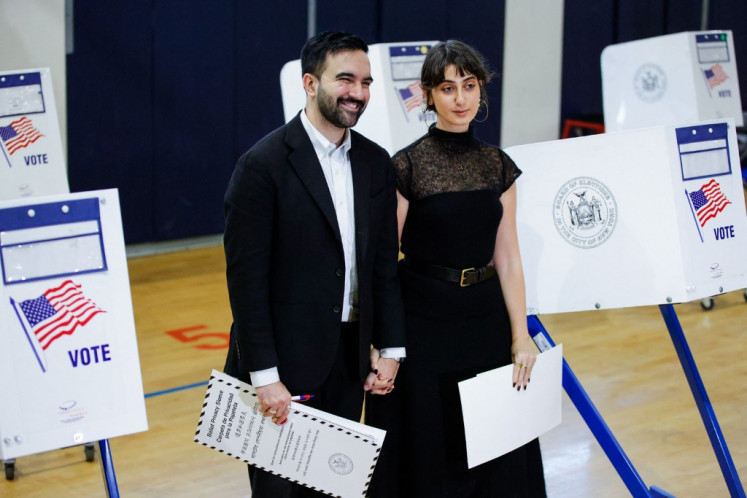Popular Reads
Top Results
Can't find what you're looking for?
View all search resultsPopular Reads
Top Results
Can't find what you're looking for?
View all search resultsSilent strokes: what you need to know
Silent strokes are not as harmful as other types of stroke but should not be ignored.
Change text size
Gift Premium Articles
to Anyone
Have you ever experienced symptoms of stroke? Do you know what to look for?
You might have felt for a brief moment a sudden numbness or tingling on one side of the body.
These are called silent strokes and sometimes go undetected. This happens when an interruption of blood flow occurs in certain parts of the brain that don’t control vital bodily functions such as speech or movement.
Silent strokes are not as harmful as other types of stroke but should not be ignored. If you have more than one silent stroke, you may have problems with memory and thinking. This can also lead to more severe strokes.
Detecting a silent stroke
Silent strokes are hard to detect but there are some signs to know when you have had more than one stroke. Usually a brain scan will clearly show where the damage has occurred. If there are any changes in your memory or some difficulties performing your daily activities, let your doctor know right away. A doctor may be able to see signs of silent strokes without conducting any testing.
Different from transient ischemic attacks
Like most regular strokes, silent strokes are caused by blood clots in the brain that do not dissolve.
Warning strokes, known as TIAs, or transient ischemic attacks, are caused by blood clots that dissolve on their own in five minutes or less. Unlike silent strokes, they do not permanently damage the brain. If you have a TIA, you will probably have some of these typical stroke symptoms:
- One side of the face drooping or feeling numb.
- Weakness or numbness in one arm or leg.
- Slurred or hard-to-understand speech.
- Difficulty understanding speech.
- Sudden confusion.
- Sudden loss of balance or coordination.
- Sudden severe headaches.
If you have any of these symptoms, call your doctor, even if it goes away after a few minutes. Like strokes, TIAs are medical emergencies and it is important to treat them quickly.
(Read also: Working longer hours increases stroke risk by up to 33%: study)
Silent strokes are more common than you'd expect
A study of middle-aged people with no apparent signs of stroke found that about 10 percent had suffered brain damage afterwards. The damage that occurs is permanent but therapy might help you regain functions that may have weakened.
Prevent strokes with good habits
These healthy habits can help you lower your risk of both stroke and heart disease:
- Monitor and control your blood pressure and cholesterol.
- Keep your blood sugar under control.
- If you smoke, quit.
- Eat a healthy diet that includes plenty of fresh fruit, vegetables and whole grains. Cut back on fat, salt and sugar.
- Exercise regularly.
- Keep a healthy weight. (kes)












